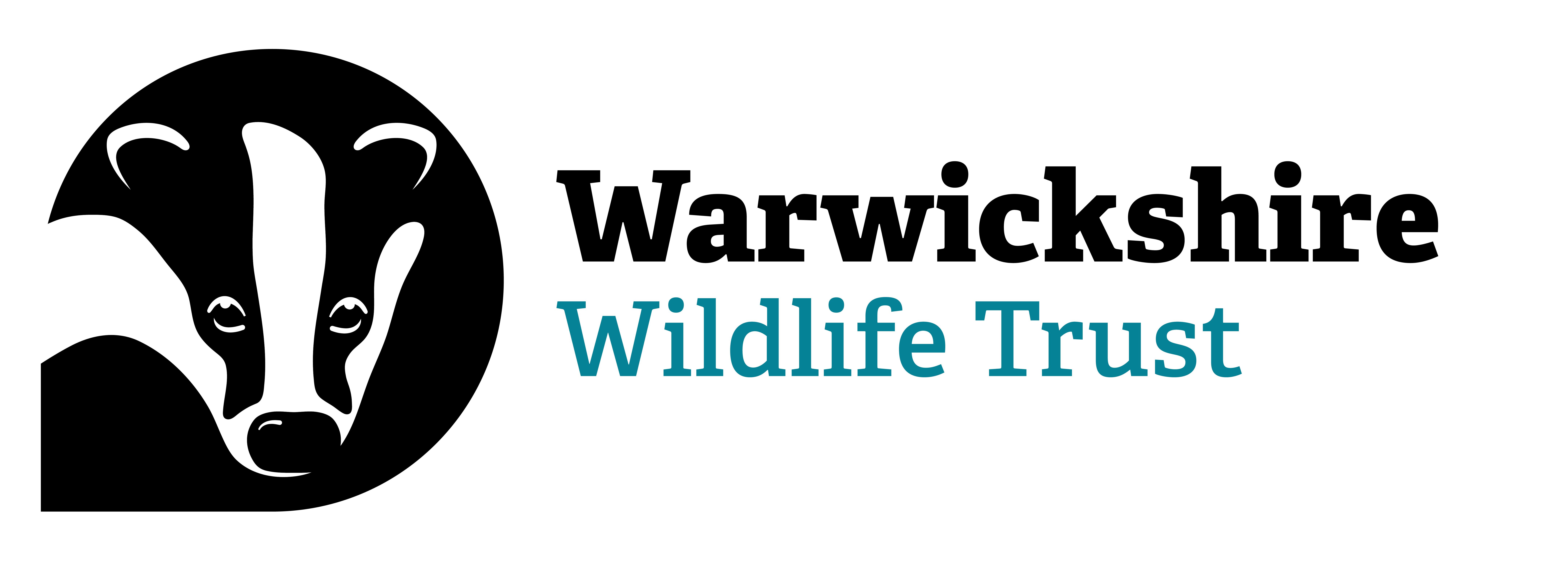If you have land that you feel is important for wildlife and would like it designated as a Local Wildlife Site, we’d like to hear from you.
Local Wildlife Sites (LWS) can simply be described as sites that have ecological value. It can be any habitat type such as a river, woodland, meadow or even a road verge, a hedgerow or pond. To qualify, a survey is carried out and this is assessed by a Local Wildlife Site panel which consist of ecological experts who score the sites against a given criteria.
A designation of a Local Wildlife Site is not a statutory designation, and it does not have the same high protection as a Site of Special Scientific Interest (SSSI), Special Area of Conservation (SAC) or a Local Nature Reserve (LNR). This ensures that the land owner can continue to manage it how they feel fit but its importance in the landscape is recognised. Where it is proves vital is in the Planning arena of Local Authorities under National Planning Policy Framework (NPPF). A white paper called ‘The State of Nature’ by John Lawton identified that LWS were an important element of creating an ecological resilient environment and while they don’t have protection they should be taken into account during the planning process as a site of ecological importance. If a development takes place, they must ensure that there is no net biodiversity loss. This helps to ensure the site is mitigated for during development and may even mean the site is made bigger, better or more connected to other LWS.
We are looking at creating Local Wildlife Sites in the Tame Valley Wetlands scheme area. Do you have some land which you know is important for wildlife? If so, we would like to hear from you and we can discuss the process and key requirements of the designation process. Learn more by downloading this useful guide.
Contact us by email: enquiries@tamevalleywetlands.co.uk or contact us directly on 01675 470917.
